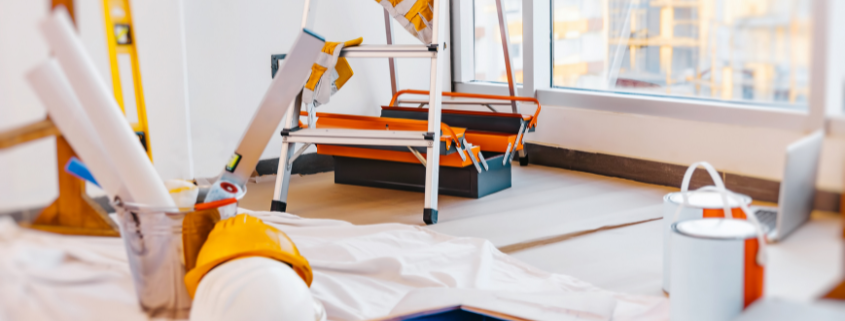Q: A question has arisen in my condominium association regarding what vote is required to change the property. At a recent meeting, 2/3rds voted in favor. However, this was just 2/3rds of the proxies, and not 2/3rds of everybody. Isn’t there a minimum number of votes required to make certain changes to the property? (C.D., via e-mail)
A: It depends.
If the association is seeking to make what is referred to as “material alterations” or “substantial additions” to the property, Section 718.113(2) of the Florida Condominium Act, states that material alterations or substantial additions must be approved by 75% of the total voting interests (there is usually one “voting interest” per unit) unless the declaration of condominium provides otherwise.
Most, but not all, declarations provide “otherwise.” Most declarations with a “material alteration section” trigger when a unit owner vote is required to the cost of the proposed alteration or addition. Many use a trigger that is based on a percentage of budget, 5 percent and 10 percent are the two most common numbers I see. Some documents use a fixed dollar amount at which an owner voting requirement is triggered.
I have seen some documents that require an owner vote for any material alteration. I have also seen documents which give the board the discretion to make any material alteration it chooses, regardless of cost.
When a vote of the owners is required, the documents once again dictate what is required. Some documents require a majority vote, some require two-thirds, and some require 75 percent. I have seen other requirements, but these three standards are the most common.
Once the percentage vote is identified, the next question is whether that is calculated based on the total number of units, or just those which vote. Again, it goes in both directions. If the declaration says that a material alteration requires of “two-thirds of the voting interests,” that means two-thirds of all units, so a “non-vote” is a “no vote.”
Conversely, if the declaration requires approval of two-thirds of those “present and voting,” then only those votes which are cast at meeting (in person, by limited proxy, or by electronic voting) are counted, so long as a quorum was established for the meeting. The condominium statute states that a majority of the voting interests is a quorum, unless a lower number is required in the bylaws.
Using easy math, let’s say there is a 100 unit condominium voting on a material alteration. Let’s also say there is a vote on a material alteration where 40 units vote yes and 20 vote no. If the declaration requires two-thirds of all voting interests, the vote does not pass. If the declaration requires two-thirds of those who vote at a meeting where a quorum is established, the measure does pass.
It is also important to note that not all material alterations require an owner vote. The courts have held that if work constitutes “necessary maintenance,” changes from the original condominium specifications may be permitted without an owner vote. This exception to the rule is applied sparingly by the courts, and no board should make that judgment without the advice of qualified legal counsel, and often, an engineer.
It is also important to realize that not all material alterations are necessarily governed by the “material alteration section” of the declaration. If damage from an insurable event is being repaired, the “repair after casualty” provision of the declaration may or may not “trump” the material alteration clause.
Finally, boards who are considering material alterations should also determine if there are other covenants which may require another level of approval for the changes, such as the covenants of a “master association.”
Originally posted on floridacondohoalawblog.com Written by Joseph E. Adams of Becker & Poliakoff, P.A.,

